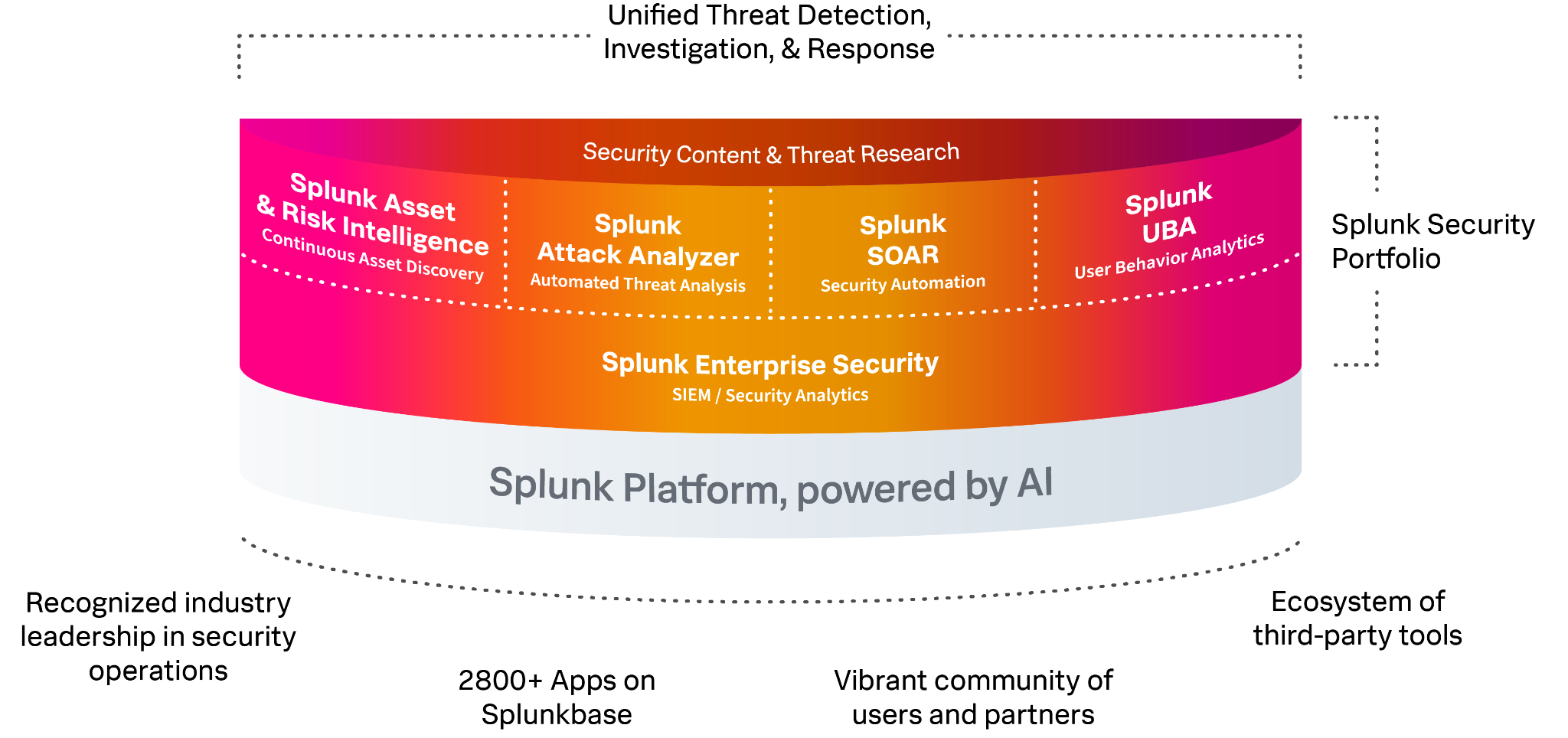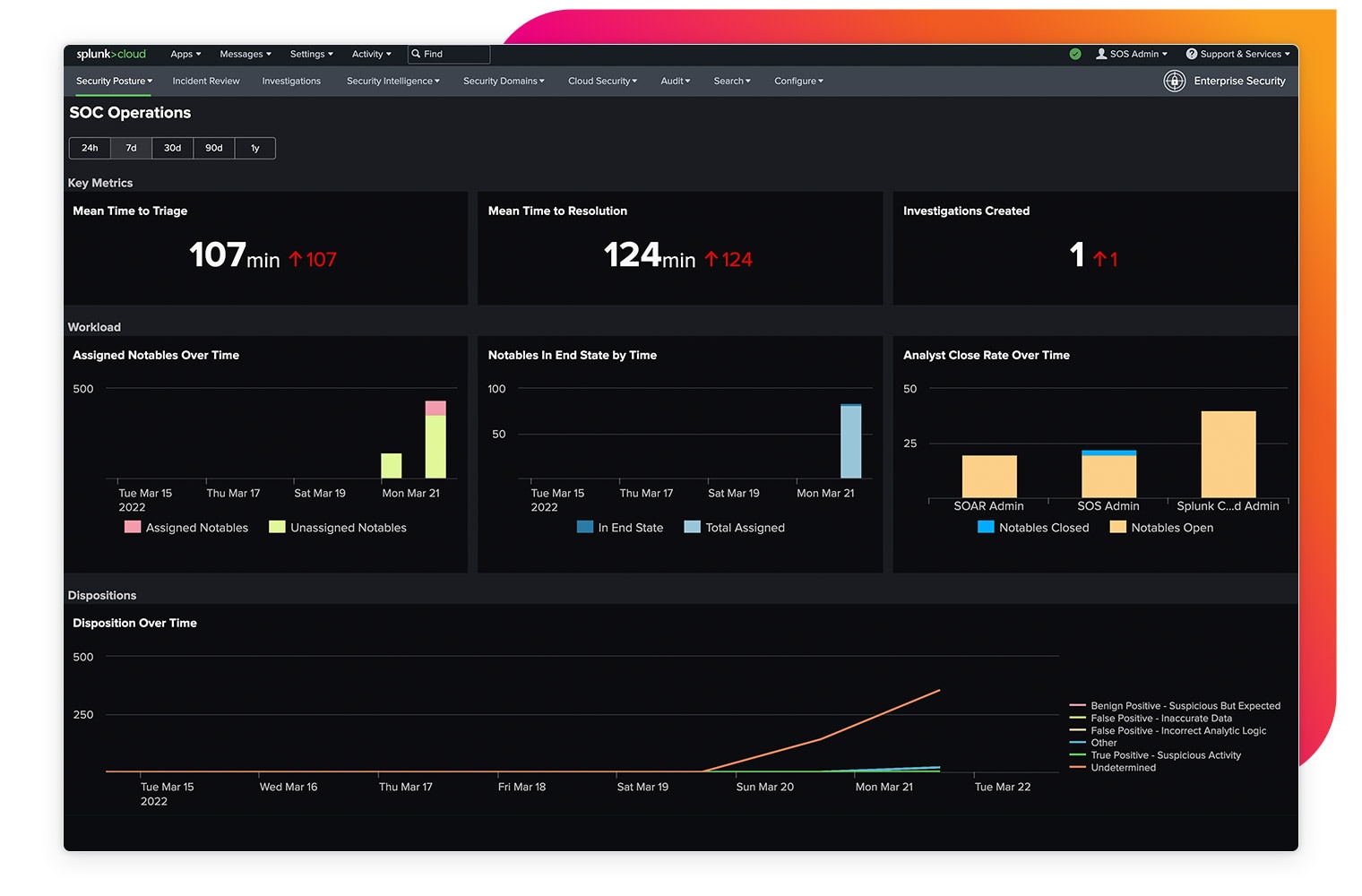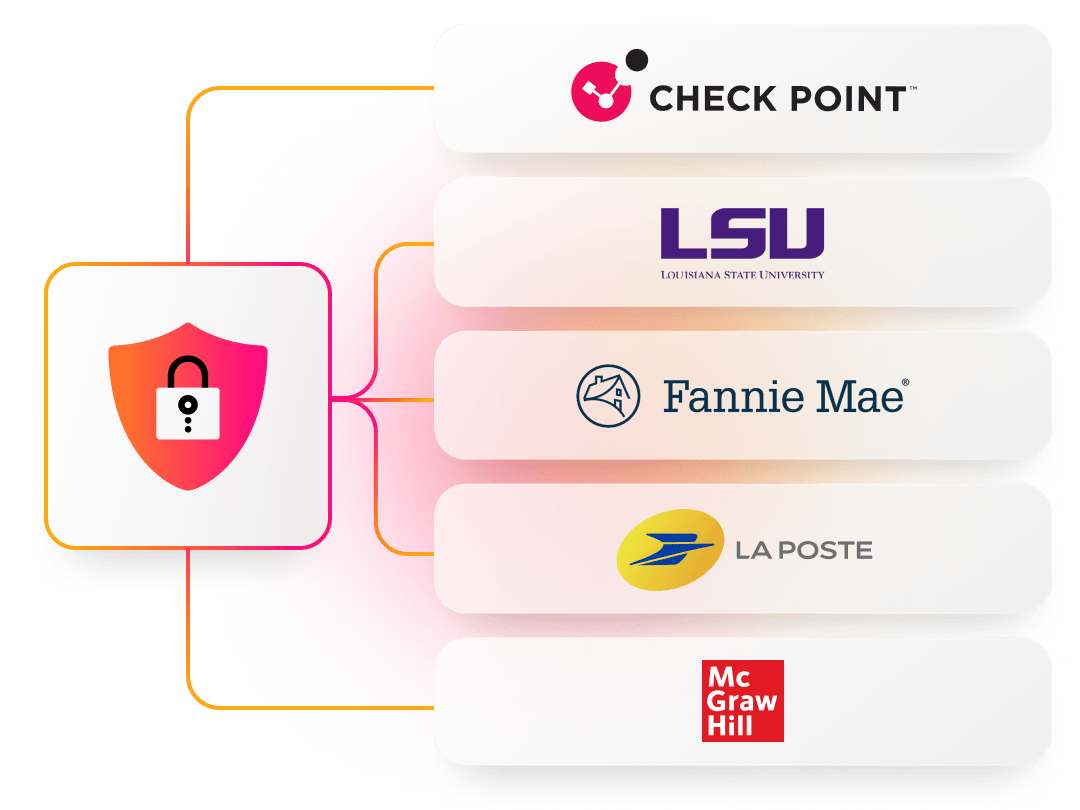Detect network and host activity that might indicate an advanced threat. Collect, index, correlate and analyze all data and monitor activity patterns. Create complex searches with user-defined thresholds.

Detect Threats at Scale
Gain visibility and detection at scale to reduce business risk.
Unify Security Operations
Unify detection, investigation, and automated response for speed and efficiency.
Empower Security Innovation
Solve any use case with a vast user community, apps, and partner ecosystem.
products
Splunk Enterprise Security
Market-leading SIEM to quickly detect, investigate, and respond to threats.
Splunk SOAR
Work smarter by automating repetitive security tasks, responding to incidents in seconds and increasing analyst productivity and accuracy to better protect your business.
Splunk User Behavior Analytics
Secure systems against unknown threats through user and entity behavior analytics.
Splunk Attack Analyzer
Automatically detect and analyze the most complex credential phishing and malware threats.
Use Cases
Solve it with Splunk
Detect network and host activity that might indicate an advanced threat. Collect, index, correlate and analyze all data and monitor activity patterns. Create complex searches with user-defined thresholds.
Empower security teams to work smarter, boost productivity and respond faster.
Adhere to compliance requirements while reducing operational overhead, errors and costs with a data-centric approach.
Use powerful security analytics to quickly investigate threats and combat security threats in seconds.
Centralize and analyze data, regardless of source or format, and gain end-to-end visibility.
Take proactive measures to uncover potential threats and raise awareness of unseen risks.
Craig Woolley, CIO, LSUSplunk is the best product for us based on efficiency and ease of use. Splunk is best-in-breed.
differentiators
Recognized industry leadership in Security Operations
Collect and process data from diverse sources and distribute insights in milliseconds.
Any data, from anywhere — structured or unstructured.
Increase the speed of investigations and response using automated playbooks that execute at machine speed.
Automate repetitive security tasks to force multiply your team’s productivity and effectiveness.
Combat the latest threats with timely, pre-packaged security content developed by the Splunk Threat Research Team.
Go from problem detection to resolution with end-to-end visibility across your infrastructure, applications and digital customer experience.
The extensible Splunk data platform for the hybrid cloud powers unified security, full-stack observability and limitless custom applications.
© 2005 - 2025 Splunk LLC All rights reserved.

